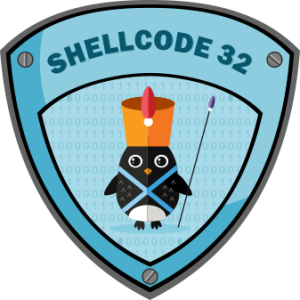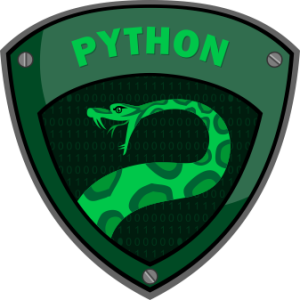
A beginner friendly introduction to Web Application Security with starts from the very basics of the HTTP protocol and then takes on more advanced topics.

A beginner friendly introduction to Web Application Security with starts from the very basics of the HTTP protocol and then takes on more advanced topics.
 This course will cover the basics of using GDB on Linux – x86, x86_64 and ARM based platforms.
This course will cover the basics of using GDB on Linux – x86, x86_64 and ARM based platforms.

This course focuses on teaching the basics of 32-bit assembly language for the Intel Architecture (IA-32) family of processors on the Linux platform and applying it to Infosec. Once we are through with the basics, we will look at writing shellcode, encoders, decoders, crypters and other advanced low level applications.

This course focuses on the iOS platform and application security and is ideal for pentesters, researchers and the casual iOS enthusiast who would like to dive deep and understand how to analyze and systematically audit applications on this platform using a variety of bleeding edge tools and techniques.
A non-exhaustive list of topics to be taught includes:

This course will teach you Python scripting and its application to problems in computer and network security. This course is ideal for penetration testers, security enthusiasts and network administrators who want to learn to automate tasks or go beyond just using ready made tools. We will be covering topics in system security, network security, attacking web applications and services, exploitation techniques, malware and binary analysis and task automation.
A non-exhaustive list of topics to be taught includes:
